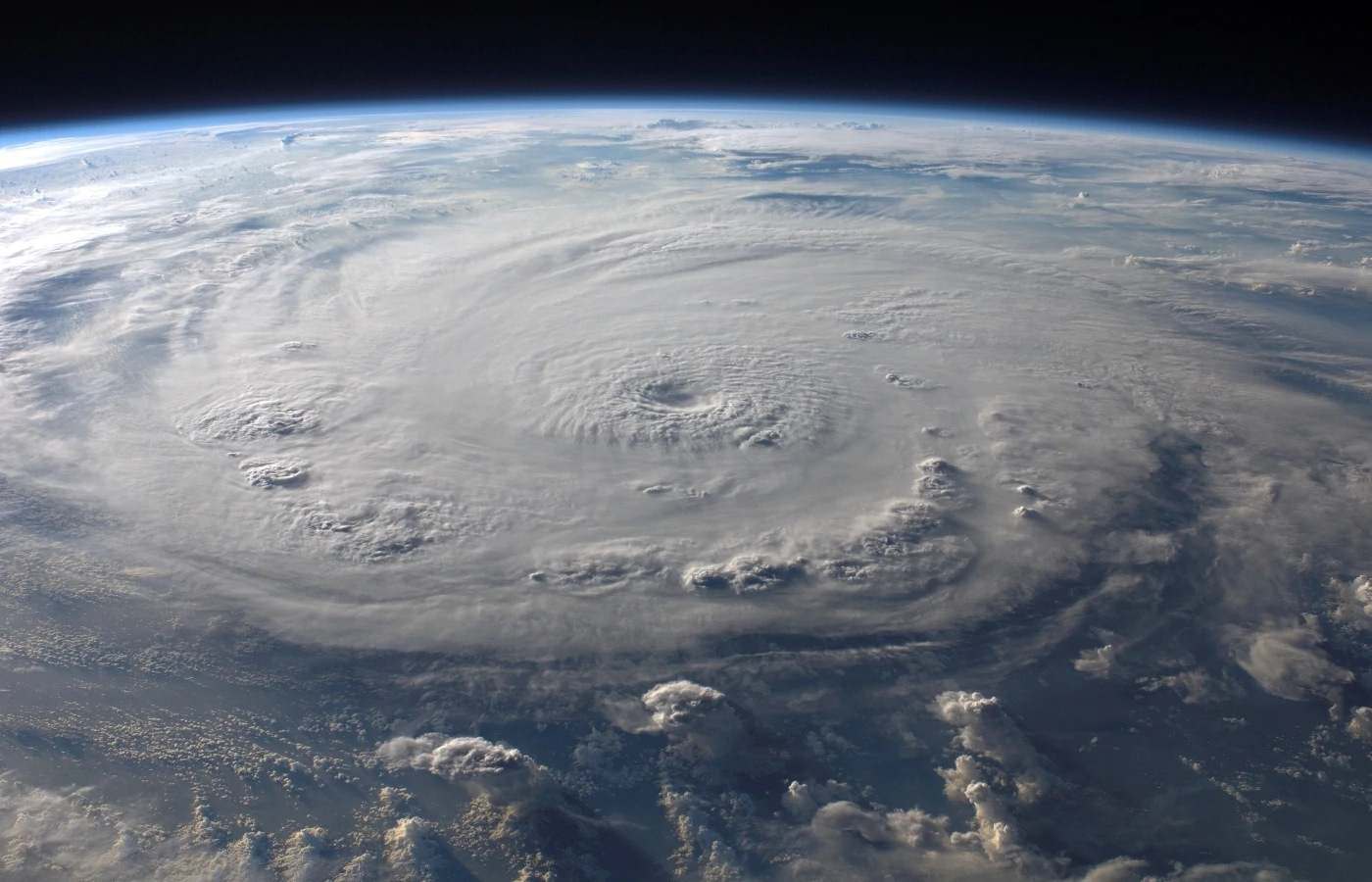When hurricane season approaches, communities brace for the storms, knowing the immense power they wield. One of the most common and debilitating impacts of hurricanes is the disruption of electricity.
This article delves into how hurricanes disrupt electricity, exploring the destructive forces at play and the cascading effects on communities. From the wrath of hurricane winds to the inundation of floodwaters, understanding these phenomena is key to being prepared and resilient in the face of nature’s fury.
The Mighty Winds: Tearing Down Power Lines
One of the immediate ways how hurricanes disrupt electricity is through their mighty winds. Hurricanes bring with them devastatingly strong gusts that can tear down power lines and snap utility poles like twigs. Not only do the winds themselves cause damage, but they also turn debris into projectiles. Consequently, trees, signs, and other objects can get tossed into power lines. This may cause short circuits or physically damage the infrastructure, resulting in immediate power outages.
Flooding: A Watery Grave for Substations
Hurricanes often bring an immense amount of rainfall and storm surges from the sea. This combination can lead to severe flooding, which wreaks havoc on electrical infrastructure. Electrical substations, which are vital in distributing power, are particularly vulnerable. Many substations are not built to withstand the flooding brought by hurricanes. Once a substation gets flooded, its equipment can short circuit. Thus, even if power lines are intact, the flooded substations can’t distribute electricity effectively. Flooding also erodes the ground where utility poles stand, making them unstable and more likely to fall.
The Ripple Effect: Overwhelmed Systems and Blackouts
It’s essential to understand that the electrical grid is a delicate balance between supply and demand. When hurricanes disrupt electricity in one area, it often has a ripple effect. For instance, if power lines are damaged, electricity from power plants cannot reach consumers. Furthermore, if consumer demand exceeds the supply due to a damaged infrastructure, it can overwhelm the system. Sometimes utilities preemptively shut down certain parts of the grid to prevent more extensive damage. This can cause rolling blackouts in areas even mildly affected by the hurricane.
The Aftermath: Restoring the Power
Once the hurricane has passed, the process of restoring electricity begins. This process can be lengthy and challenging. Clearing debris, repairing or replacing damaged power lines, and drying out substations are all part of the restoration process. Often, utilities need to prioritize which areas to restore first. Hospitals and emergency services usually take precedence. It’s also not just local damage; sometimes the power supply from other regions is affected, complicating restoration.
Utilities often mobilize large workforces, sometimes from other states, to expedite the process. Meanwhile, residents may need to rely on generators for power. Community support, proper planning, and having backup sources of electricity are vital during this period.
Understanding how hurricanes disrupt electricity is vital for preparation and response. These natural disasters can knock out power through wind damage, flooding, and overwhelming the electric grid. The aftermath of a hurricane can leave communities without electricity for extended periods, affecting daily life, businesses, and emergency services. Being informed and prepared with backup power options and safety plans is essential to minimize the impact on your household during hurricane season.
More about electricity is at Generator.pw blog.

There are no comments yet.